Enhancing Workplace Safety with Safety Clothing Workwear Introduction: Workplace safety is of paramount importance to businesses across all industries. One crucial aspect of maintaining a safe working environment is the adoption of appropriate safety clothing workwear. Safety clothing workwear refers to specialized clothing and accessories designed to protect individuals from potential risks and hazards in their workplace. This article aims to provide a comprehensive summary of safety clothing workwear, highlighting its benefits, types, importance, and key factors to consider for its effective implementation. Benefits of Safety Clothing Workwear: 1. Protection against Hazards: Safety clothing workwear acts as a barrier, shielding workers from hazards such as chemicals, fire, extreme temperatures, electrical hazards, falling objects, and sharp materials. These protective garments are specifically designed to minimize the risk of injury or harm to individuals, ensuring their safety and well-being. 2. Compliance with Legal Requirements: Many industries have stringent legal requirements pertaining to safety in the workplace. Employers must adhere to these regulations to not only protect their workers but also to avoid legal consequences and potential fines. Safety clothing workwear plays a vital role in meeting these legal obligations as it ensures that workers are appropriately equipped with the necessary protective gear. 3. Increased Workplace Confidence and Productivity:
safety ware
 Providing employees with safety clothing workwear can boost their confidence and morale, knowing that their employer prioritizes their well-being. This, in turn, enhances productivity as workers feel secure and empowered to carry out their tasks without unnecessary anxiety or fear. 4. Enhanced Company Image: Employers who invest in safety clothing workwear demonstrate their commitment to employee welfare and safety, which ultimately strengthens their reputation. A positive company image can attract skilled workers, boost customer trust, and enhance overall business success. Types of Safety Clothing Workwear: 1. Protective Clothing: Protective clothing includes coveralls, smocks, and uniforms made from durable materials that minimize the effect of chemical, biological, and physical hazards. Such clothing may be water-resistant, flame-resistant, or resistant to cut and puncture damage. 2. Hi-Visibility Clothing: Primarily used in construction, roadwork, and emergency services, hi-visibility clothing is designed to enhance worker visibility, especially in low-light conditions.
Providing employees with safety clothing workwear can boost their confidence and morale, knowing that their employer prioritizes their well-being. This, in turn, enhances productivity as workers feel secure and empowered to carry out their tasks without unnecessary anxiety or fear. 4. Enhanced Company Image: Employers who invest in safety clothing workwear demonstrate their commitment to employee welfare and safety, which ultimately strengthens their reputation. A positive company image can attract skilled workers, boost customer trust, and enhance overall business success. Types of Safety Clothing Workwear: 1. Protective Clothing: Protective clothing includes coveralls, smocks, and uniforms made from durable materials that minimize the effect of chemical, biological, and physical hazards. Such clothing may be water-resistant, flame-resistant, or resistant to cut and puncture damage. 2. Hi-Visibility Clothing: Primarily used in construction, roadwork, and emergency services, hi-visibility clothing is designed to enhance worker visibility, especially in low-light conditions.
Specifications of safety ware
 These garments often feature fluorescent colors and reflective strips to ensure workers remain visible and safe. 3. Personal Protective Equipment (PPE): PPE includes items such as helmets, safety glasses, face shields, gloves, respirators, and safety footwear. These accessories are crucial for protecting specific body parts from potential injuries, hazards, and contamination. 4. Fire-Retardant Clothing: Workers in industries where fire hazards are prevalent, such as firefighting, chemical plants, and welding, require fire-retardant clothing. These garments are made from materials that resist burning or melting when exposed to high temperatures, providing vital protection against heat and flames. Importance of Safety Clothing Workwear: 1. Preventing Injuries and Fatalities: The primary objective of safety clothing workwear is to prevent injuries, fatalities, and long-term health issues in the workplace. By equipping workers with the appropriate safety gear, employers significantly reduce the risk of accidents and minimize the severity of potential injuries. 2. Mitigating Risks and Hazards:
These garments often feature fluorescent colors and reflective strips to ensure workers remain visible and safe. 3. Personal Protective Equipment (PPE): PPE includes items such as helmets, safety glasses, face shields, gloves, respirators, and safety footwear. These accessories are crucial for protecting specific body parts from potential injuries, hazards, and contamination. 4. Fire-Retardant Clothing: Workers in industries where fire hazards are prevalent, such as firefighting, chemical plants, and welding, require fire-retardant clothing. These garments are made from materials that resist burning or melting when exposed to high temperatures, providing vital protection against heat and flames. Importance of Safety Clothing Workwear: 1. Preventing Injuries and Fatalities: The primary objective of safety clothing workwear is to prevent injuries, fatalities, and long-term health issues in the workplace. By equipping workers with the appropriate safety gear, employers significantly reduce the risk of accidents and minimize the severity of potential injuries. 2. Mitigating Risks and Hazards:
buy safety ware
 Safety clothing workwear serves as an effective risk management tool. It helps mitigate workplace hazards by providing a physical barrier between workers and potential dangers, reducing the likelihood of injuries, illnesses, and accidents. 3. Promoting Occupational Health and Well-being: A safe and healthy workplace contributes to the overall well-being of employees. Safety clothing workwear not only protects workers from immediate dangers but also safeguards their long-term health by preventing exposure to harmful substances, excessive noise, extreme temperatures, and other workplace hazards. Key Factors to Consider for Effective Implementation: 1. Risk Assessment: Conduct a thorough risk assessment to identify potential hazards and determine the specific safety clothing workwear required for each task or work environment. This assessment should involve collaboration between employers, health and safety professionals, and employees to accurately evaluate risks. 2. Appropriate Selection: Select safety clothing workwear that is appropriate for the identified hazards. Consider factors such as material durability, comfort, breathability, visibility, and compliance with industry standards and regulations. Different workers and job roles may require varying levels of protective clothing, so customization is crucial.
Safety clothing workwear serves as an effective risk management tool. It helps mitigate workplace hazards by providing a physical barrier between workers and potential dangers, reducing the likelihood of injuries, illnesses, and accidents. 3. Promoting Occupational Health and Well-being: A safe and healthy workplace contributes to the overall well-being of employees. Safety clothing workwear not only protects workers from immediate dangers but also safeguards their long-term health by preventing exposure to harmful substances, excessive noise, extreme temperatures, and other workplace hazards. Key Factors to Consider for Effective Implementation: 1. Risk Assessment: Conduct a thorough risk assessment to identify potential hazards and determine the specific safety clothing workwear required for each task or work environment. This assessment should involve collaboration between employers, health and safety professionals, and employees to accurately evaluate risks. 2. Appropriate Selection: Select safety clothing workwear that is appropriate for the identified hazards. Consider factors such as material durability, comfort, breathability, visibility, and compliance with industry standards and regulations. Different workers and job roles may require varying levels of protective clothing, so customization is crucial.
safety ware + buy and sell
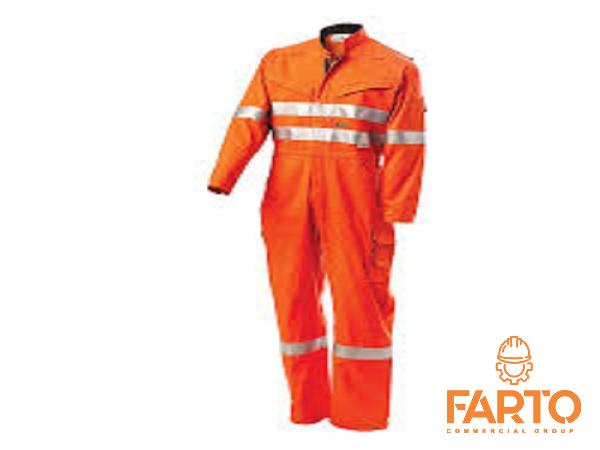 3. Proper Training and Education: Implement comprehensive training programs to educate employees on the proper use, care, and maintenance of safety clothing workwear. Workers should be aware of potential risks, understand how to correctly wear and maintain their gear, and be encouraged to report any issues or concerns. 4. Regular Inspection and Replacement: Ensure regular inspection of safety clothing workwear to identify signs of wear and tear, damage, or any compromised protective properties. Develop protocols for regular maintenance, cleaning, and replacement of safety gear to ensure effectiveness when needed. Conclusion: Safety clothing workwear is an essential component of workplace safety, offering protection against various risks and hazards faced by workers across industries. By providing the necessary protective gear, employers demonstrate their commitment to employee well-being, minimize risks, and comply with legal requirements. Effective implementation involves careful selection, staff training, regular inspection, and customization to meet specific work environment demands. Ultimately, prioritizing safety clothing workwear contributes to creating a safer, healthier, and more productive workplace.
3. Proper Training and Education: Implement comprehensive training programs to educate employees on the proper use, care, and maintenance of safety clothing workwear. Workers should be aware of potential risks, understand how to correctly wear and maintain their gear, and be encouraged to report any issues or concerns. 4. Regular Inspection and Replacement: Ensure regular inspection of safety clothing workwear to identify signs of wear and tear, damage, or any compromised protective properties. Develop protocols for regular maintenance, cleaning, and replacement of safety gear to ensure effectiveness when needed. Conclusion: Safety clothing workwear is an essential component of workplace safety, offering protection against various risks and hazards faced by workers across industries. By providing the necessary protective gear, employers demonstrate their commitment to employee well-being, minimize risks, and comply with legal requirements. Effective implementation involves careful selection, staff training, regular inspection, and customization to meet specific work environment demands. Ultimately, prioritizing safety clothing workwear contributes to creating a safer, healthier, and more productive workplace.




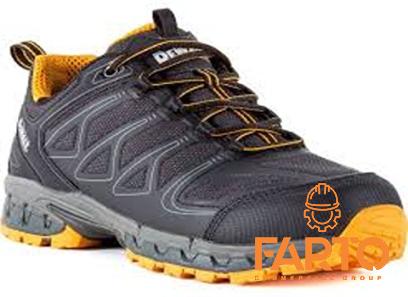



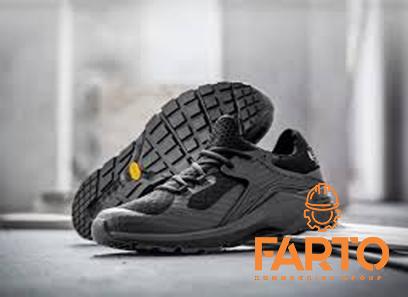
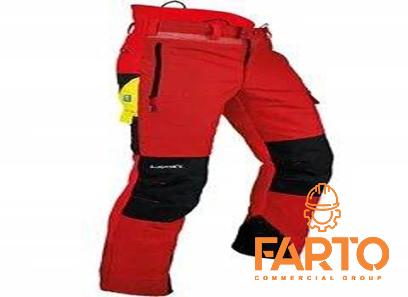
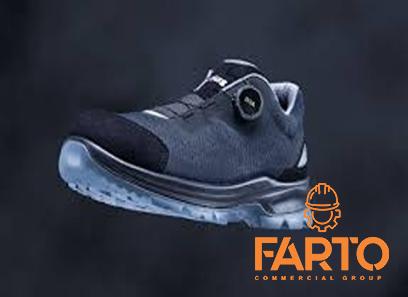
Your comment submitted.